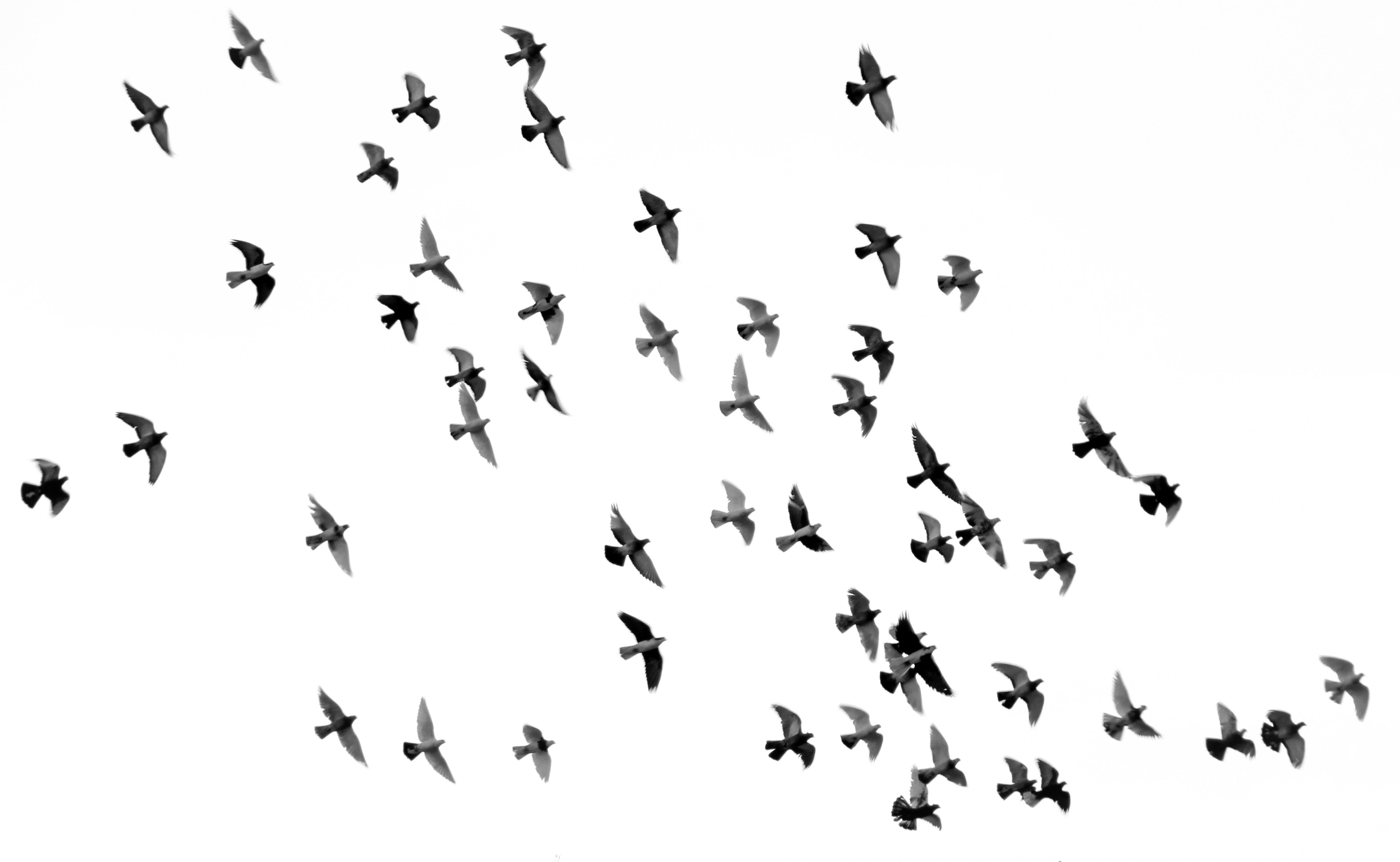Migratory Marvels: Birds That Travel the World

Category: Birds | June 14, 2025
Every year, the skies become highways for millions of birds undertaking one of nature’s most astonishing feats: migration. These epic journeys can span thousands of miles and often stretch from one end of the planet to the other. Migratory birds rely on an intricate combination of instinct, environmental cues, and biological adaptations to survive and thrive on the move.
Perhaps the most legendary migrant is the Arctic Tern. With a round-trip journey of over 44,000 miles (71,000 km) between the Arctic and Antarctic, it holds the record for the longest known migration in the animal kingdom. These birds chase summer, experiencing more daylight than any other creature on Earth.
But they’re not alone in their travels. Bar-tailed Godwits fly non-stop from Alaska to New Zealand—over 7,000 miles—without food, water, or rest. Swallows, warblers, and cranes cross continents to find warmer climates, following routes known as flyways, which have been used for generations.
What drives these birds to migrate? Primarily, it’s a quest for food and optimal breeding conditions. As seasons shift, so does the availability of resources. Migration allows birds to exploit different ecological zones year-round, enhancing survival and reproductive success.
To achieve this, birds have evolved extraordinary physiological adaptations. Before migrating, many species enter a hyperphagic state—eating constantly to build fat reserves, which serve as energy during long flights. Their bodies even shrink non-essential organs to lighten the load. Some birds navigate using the stars, the sun, Earth’s magnetic field, or even olfactory cues.
Migration is perilous. Birds face exhaustion, storms, predators, and increasingly, human-made threats like glass buildings, habitat loss, and climate change. Yet, despite these dangers, many species return to the same exact nesting or wintering site year after year, a phenomenon known as site fidelity.
These aerial odysseys not only inspire awe but also serve as a barometer for environmental health. Scientists track migratory patterns to study everything from weather changes to ecosystem disruptions.
🌴 Jungle Chatter
Most popular reactions:
No reactions yet.